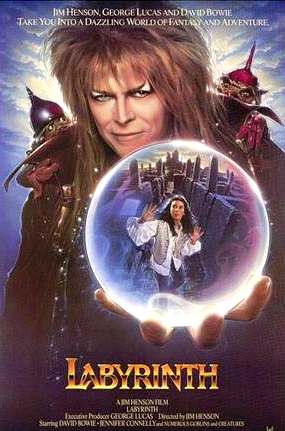 |
| Don't touch my Dragon Balls! >( |
Contact juggling is a form of object manipulation that focuses on the movement of objects such as balls in contact with the body.
Although often used with "toss" juggling, it typically involves the rolling of one or more balls on the hands and arms to create visual illusions without releasing the props into the air.
Some of the manipulations, such as balancing or rolling a single ball, or Palm-spinning have been performed for centuries. Baoding Balls, also called Chinese exercise balls, Chinese meditation balls, Chinese medicine balls, and healthy balls, are a traditional product of Baoding, China, thought to have been created during the Ming dynasty (1368–1644). These balls usually have a piece of metal inside them with a cork or rubber ball that creates a soothing bell noise when in movement. Two or more of them are rotated repetitively to orbit in the hand, an action done to improve manual dexterity and strength and said to assist in injury recovery.
 So the idea of rolling some balls in your hand isn't exactly new. It wasn't until the 80s that it became more of an art form. Contact Juggling that we know today originated from a routine called "Light" developed by Michael Moschen in the 1980s. In his performance he used 75mm clear crystal balls, palm spinning up to eight balls simultaneously. He finished the act by rolling a single clear ball so that it appeared to float over his hands and arms. Michael Moschen received high regard from the international circus community for this range of innovative new techniques, and was awarded the MacArthur genius grant in 1990.
So the idea of rolling some balls in your hand isn't exactly new. It wasn't until the 80s that it became more of an art form. Contact Juggling that we know today originated from a routine called "Light" developed by Michael Moschen in the 1980s. In his performance he used 75mm clear crystal balls, palm spinning up to eight balls simultaneously. He finished the act by rolling a single clear ball so that it appeared to float over his hands and arms. Michael Moschen received high regard from the international circus community for this range of innovative new techniques, and was awarded the MacArthur genius grant in 1990.
By 2000, the discipline had achieved widespread recognition, and there were many resources available for contact jugglers, such as clubs, books, festivals, videos/DVDs, and balls specifically manufactured for contact juggling. They have a large community of people who are teaching, learning, and performing contact juggling all over the world.
 So the idea of rolling some balls in your hand isn't exactly new. It wasn't until the 80s that it became more of an art form. Contact Juggling that we know today originated from a routine called "Light" developed by Michael Moschen in the 1980s. In his performance he used 75mm clear crystal balls, palm spinning up to eight balls simultaneously. He finished the act by rolling a single clear ball so that it appeared to float over his hands and arms. Michael Moschen received high regard from the international circus community for this range of innovative new techniques, and was awarded the MacArthur genius grant in 1990.
So the idea of rolling some balls in your hand isn't exactly new. It wasn't until the 80s that it became more of an art form. Contact Juggling that we know today originated from a routine called "Light" developed by Michael Moschen in the 1980s. In his performance he used 75mm clear crystal balls, palm spinning up to eight balls simultaneously. He finished the act by rolling a single clear ball so that it appeared to float over his hands and arms. Michael Moschen received high regard from the international circus community for this range of innovative new techniques, and was awarded the MacArthur genius grant in 1990. In 1991 after "Michael Moschen: In Motion" was released on PBS's "Great Performances" series, James Ernest wrote the book Contact Juggling. James may be the originator of the term "Contact Juggling", as Moschen did not have a name for what he did. In the credits of the Labrinth film, he is credited with "crystal ball manipulation" as David Bowie's character is seen to do contact juggling throughout the film. These manipulations were actually performed by Moschen who stood behind Bowie during filming, reaching around and performing the tricks 'blind'.
By 2000, the discipline had achieved widespread recognition, and there were many resources available for contact jugglers, such as clubs, books, festivals, videos/DVDs, and balls specifically manufactured for contact juggling. They have a large community of people who are teaching, learning, and performing contact juggling all over the world.
Ooh! I've seen that guy before!
ReplyDeleteare you okay?
ReplyDelete